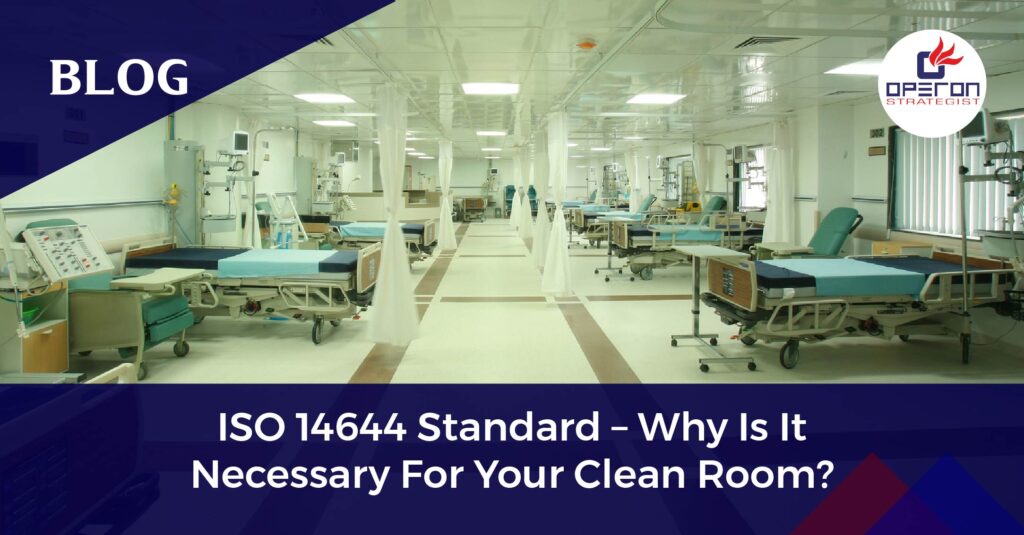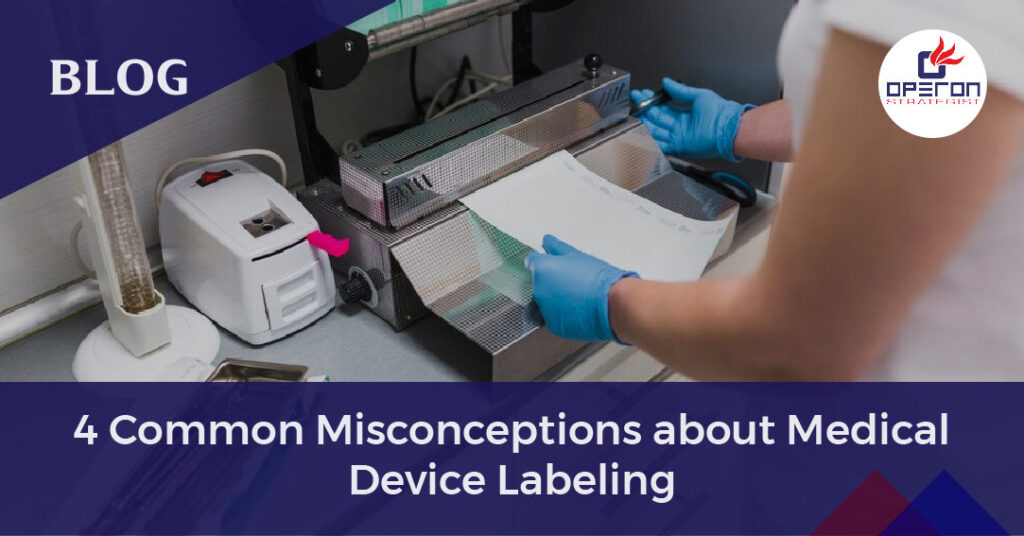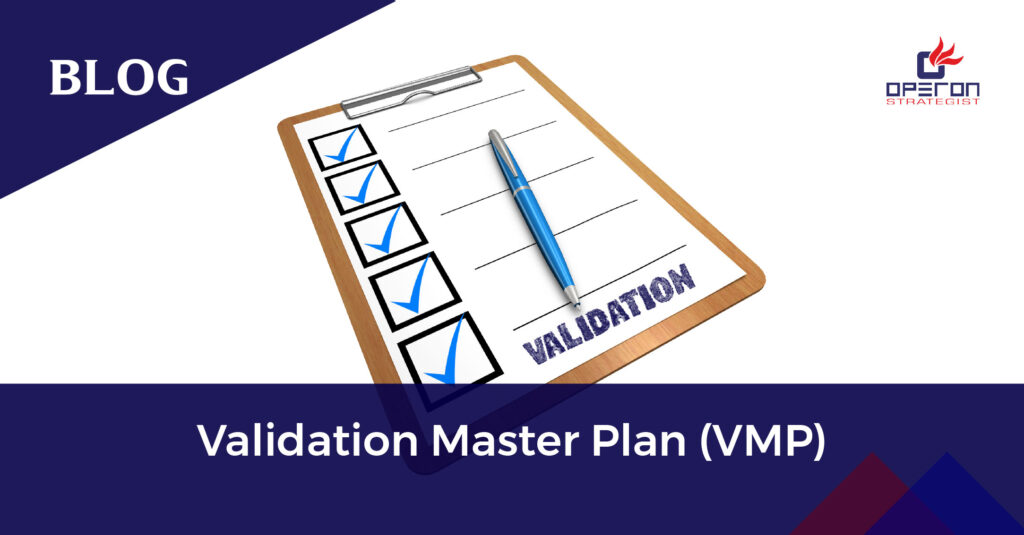Manufacturing Sterile Medical Devices: Key Processes, Cleanroom Requirements & Safety
In the highly regulated world of medical device production, ensuring product sterility isn’t just a best practice — it’s a mandatory requirement. Cleanrooms play a crucial role in maintaining the controlled environments necessary for manufacturing sterile medical devices, safeguarding patient health, and meeting global regulatory standards.
This blog explores how cleanrooms contribute to the safe and compliant manufacturing of sterile medical devices and why cleanroom validation, classification, and design should be strategic priorities for manufacturers worldwide.
Looking For a Medical Device Regulatory Consultant?
Let’s have a word about your next project
What Is a Cleanroom in Medical Device Manufacturing?
A cleanroom is a controlled environment where contaminants like dust, airborne microbes, aerosol particles, and chemical vapors are strictly regulated. In manufacturing sterile medical devices, cleanrooms are essential for processes where the risk of product contamination could compromise patient safety or lead to regulatory non-compliance.
Cleanrooms are classified according to international standards such as ISO 14644-1:2015 or EU GMP Annex 1, based on the maximum allowable concentration of airborne particles. For manufacturing sterile medical devices, cleanrooms typically fall from ISO Class 1 to ISO Class 9, depending on the specific manufacturing process.
Why Cleanrooms Are Essential for Manufacturing Sterile Medical Devices?
Manufacturing sterile medical devices demands stringent control over environmental factors. Even the slightest contamination can result in product recalls, regulatory action, or worse — patient harm. Here’s how cleanrooms mitigate these risks:
Control of Microbial and Particulate Contamination
Cleanrooms are equipped with HEPA or ULPA filtration systems that continuously filter the air, maintaining low levels of airborne particles and microorganisms. This ensures that medical devices remain uncontaminated during critical stages of manufacturing sterile medical devices, packaging, and sterilization processes.
Compliance with Global Regulatory Requirements
Authorities like the FDA, EMA, and WHO require manufacturers engaged in manufacturing sterile medical devices to operate within validated cleanroom environments. Regulatory guidelines such as ISO 13485, 21 CFR Part 820, and EU MDR emphasize environmental monitoring and cleanroom control to safeguard product sterility.
Product Integrity and Patient Safety
Cleanrooms protect not just the product but also the patient. By maintaining aseptic conditions, cleanrooms prevent the risk of infection or complications that could arise from contaminated implants, catheters, surgical tools, or diagnostic kits.
Cleanroom Classifications for Manufacturing Sterile Medical Devices
| Process Stage | Cleanroom Classification (ISO) |
|---|---|
| Component Assembly | ISO Class 7–8 |
| Sterilization Preparation | ISO Class 6–7 |
| Aseptic Filling or Critical Operations | ISO Class 5 |
| Packaging in Final Sterile Barrier | ISO Class 7 |
| Molding of Components | ISO Class 9 |
Cleanroom design and classification are highly specialized. Manufacturers should consider engaging experts in Cleanroom Design & Validation for Medical Devices to ensure cleanroom layouts, airflow patterns, and filtration systems align with both regulatory and operational requirements.
The Role of Cleanroom Validation and Monitoring
A cleanroom’s effectiveness in manufacturing sterile medical devices depends on continuous validation and environmental monitoring. Manufacturers must routinely assess:
- Air particulate count
- Microbial contamination
- Temperature and humidity
- Pressure differentials
- Airflow patterns
Cleanroom validation ensures the environment consistently performs within prescribed limits, safeguarding product sterility throughout production.
How Operon Strategist Supports Cleanroom Projects for Manufacturing Sterile Medical Devices?
At Operon Strategist, we specialize in providing cleanroom design, validation, and turnkey regulatory solutions for sterile medical device manufacturers. Our Turnkey Projects for Medical Devices service helps businesses worldwide establish and validate cleanroom environments fully compliant with FDA, EU MDR, and ISO 14644-1 standards.
Our comprehensive services include:
- Cleanroom layout, zoning layout & classification planning
- Environmental monitoring strategy development
- Cleanroom validation documentation
- Regulatory gap assessment for ISO 13485, MDR, and FDA QSR
Need GMP-Compliant Cleanroom Solutions for Sterile Medical Device Manufacturing?
- adminhttps://operonstrategist.com/author/admin-2/
- adminhttps://operonstrategist.com/author/admin-2/
- adminhttps://operonstrategist.com/author/admin-2/
- adminhttps://operonstrategist.com/author/admin-2/




